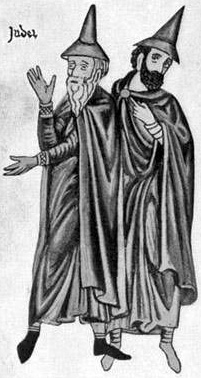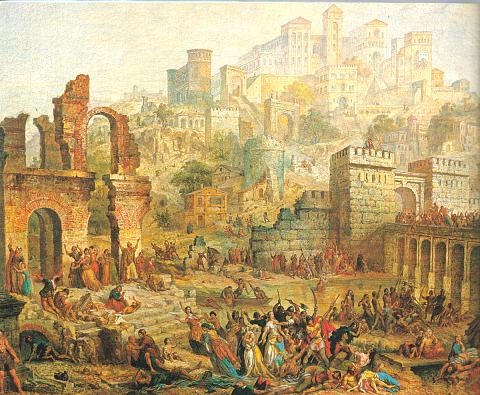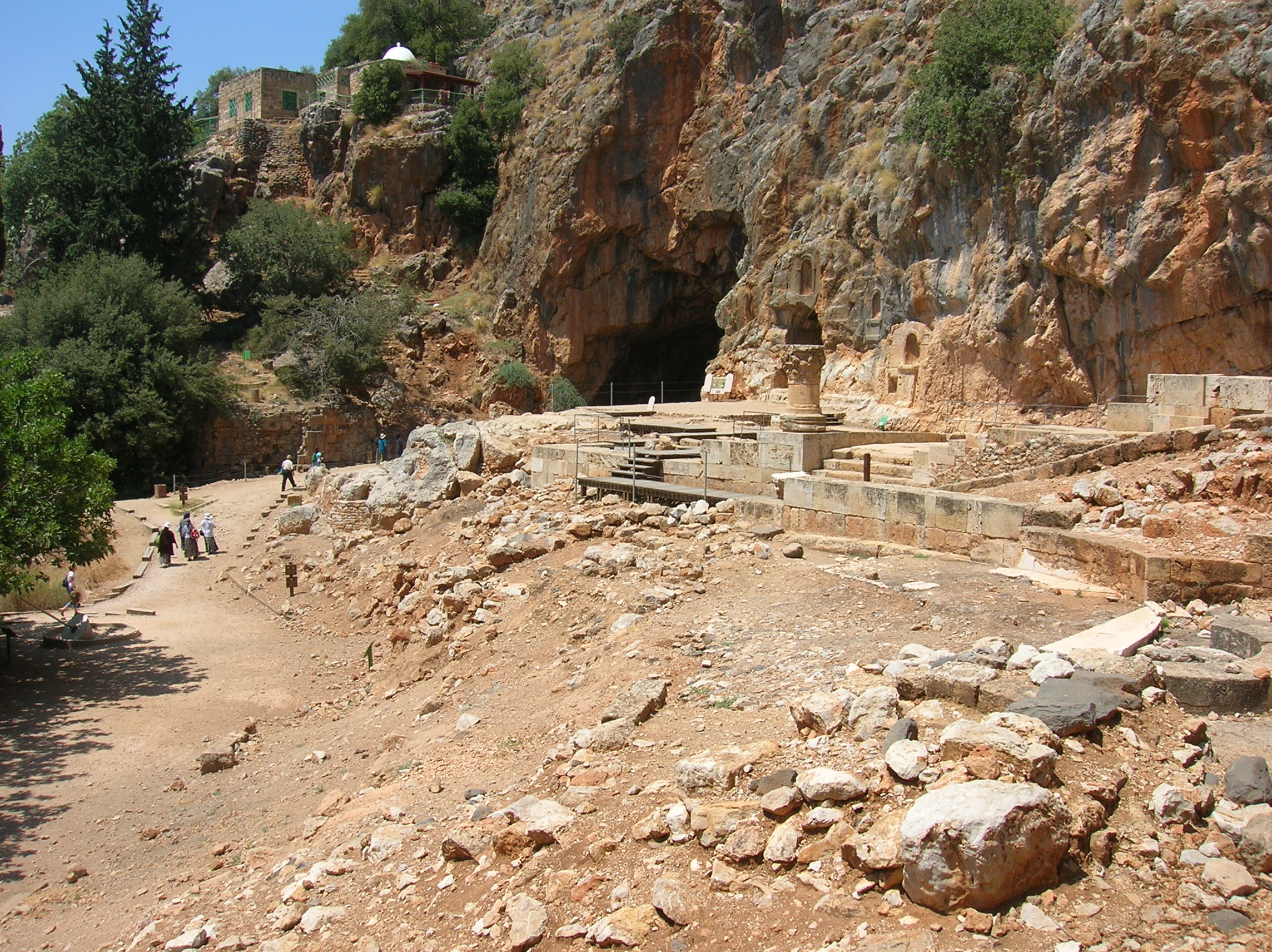|
Lehavot HaBashan
Lehavot HaBashan () is a kibbutz in northern Israel. Located in the Hula Valley around ten kilometres southeast of Kiryat Shmona, it falls under the jurisdiction of Upper Galilee Regional Council. In it had a population of . History The village was established in 1945 on land which had formally belonged to Amir, Israel, kibbutz Amir, by former Hashomer Hatzair members and the ''Lehavot'' gar'in, which was composed of aliyah, immigrants from Germany and Poland brought to the country by Youth Aliyah. Kibbutz Amir had moved north in 1942, to land bought from another Arab village, al-Dawwara, in order to avoid the winter floods. One of them was Dov Zakin, later a member of the Knesset. In 1947 the kibbutz moved to its present location. The name is derived from that of the founders' gar'in, together with the Golan Heights, also known as Bashan Mountains, which overlook the kibbutz. Economy LVT, a fire protection equipment manufacturer that specializes in the development of fire pro ... [...More Info...] [...Related Items...] OR: [Wikipedia] [Google] [Baidu] |
German Jews
The history of the Jews in Germany goes back at least to the year 321 CE, and continued through the Early Middle Ages (5th to 10th centuries CE) and High Middle Ages (c. 1000–1299 CE) when Jewish immigrants founded the Ashkenazi Jewish community. The community survived under Charlemagne, but suffered during the Crusades. Accusations of well poisoning during the Black Death (1346–1353) led to mass slaughter of German Jews, while others fled in large numbers to Poland. The Jewish communities of the cities of Mainz, Speyer and Worms became the center of Jewish life during medieval times. "This was a golden age as area bishops protected the Jews, resulting in increased trade and prosperity." The First Crusade began an era of persecution of Jews in Germany. Entire communities, like those of Trier, Worms, Mainz and Cologne, were slaughtered. The Hussite Wars became the signal for renewed persecution of Jews. The end of the 15th century was a period of religious hatred that ascri ... [...More Info...] [...Related Items...] OR: [Wikipedia] [Google] [Baidu] |
Aliyah
''Aliyah'' (, ; ''ʿălīyyā'', ) is the immigration of Jews from Jewish diaspora, the diaspora to, historically, the geographical Land of Israel or the Palestine (region), Palestine region, which is today chiefly represented by the Israel, State of Israel. Traditionally described as "the act of going up" (towards the Jerusalem in Judaism, Jewish holy city of Jerusalem), moving to the Land of Israel or "making aliyah" is one of the most basic tenets of Zionism. The opposite action – emigration by Jews from the Land of Israel – is referred to in the Hebrew language as ''yerida'' (). The Law of Return that was passed by the Knesset, Israeli parliament in 1950 gives all diaspora Jews, as well as their children and grandchildren, the right to relocate to Israel and acquire Israeli citizenship on the basis of connecting to their Jewish identity. For much of Jewish history, their history, most Jews have lived in the diaspora outside of the Land of Israel due to Jewish militar ... [...More Info...] [...Related Items...] OR: [Wikipedia] [Google] [Baidu] |
Populated Places Established In 1945
Population is a set of humans or other organisms in a given region or area. Governments conduct a census to quantify the resident population size within a given jurisdiction. The term is also applied to non-human animals, microorganisms, and plants, and has specific uses within such fields as ecology and genetics. Etymology The word ''population'' is derived from the Late Latin ''populatio'' (a people, a multitude), which itself is derived from the Latin word ''populus'' (a people). Use of the term Social sciences In sociology and population geography, population refers to a group of human beings with some predefined feature in common, such as location, race, ethnicity, nationality, or religion. Ecology In ecology, a population is a group of organisms of the same species which inhabit the same geographical area and are capable of interbreeding. The area of a sexual population is the area where interbreeding is possible between any opposite-sex pair within the area ... [...More Info...] [...Related Items...] OR: [Wikipedia] [Google] [Baidu] |
Kibbutzim
A kibbutz ( / , ; : kibbutzim / ) is an intentional community in Israel that was traditionally based on agriculture. The first kibbutz, established in 1910, was Degania. Today, farming has been partly supplanted by other economic branches, including industrial plants and high-tech enterprises. Kibbutzim began as utopian communities, a combination of socialism and Zionism. In recent decades, some kibbutzim have been privatized and changes have been made in the communal lifestyle. A member of a kibbutz is called a ''kibbutznik'' ( / ; plural ''kibbutznikim'' or ''kibbutzniks''), the suffix ''-nik'' being of Slavic origin. In 2010, there were 270 kibbutzim in Israel with a total population of 126,000. Their factories and farms account for 9% of Israel's industrial output, worth US$8 billion, and 40% of its agricultural output, worth over US$1.7 billion. Some kibbutzim had also developed substantial high-tech and military industries. For example, in 2010, Kibbutz Sasa, co ... [...More Info...] [...Related Items...] OR: [Wikipedia] [Google] [Baidu] |
German-Jewish Culture In Israel
The history of the Jews in Germany goes back at least to the year 321 CE, and continued through the Early Middle Ages (5th to 10th centuries CE) and High Middle Ages (c. 1000–1299 CE) when Jewish immigrants founded the Ashkenazi Jewish community. The community survived under Charlemagne, but suffered during the Crusades. Accusations of well poisoning during the Black Death (1346–1353) led to mass slaughter of German Jews, while others fled in large numbers to Poland. The Jewish communities of the cities of Mainz, Speyer and Worms became the center of Jewish life during medieval times. "This was a golden age as area bishops protected the Jews, resulting in increased trade and prosperity." The First Crusade began an era of persecution of Jews in Germany. Entire communities, like those of Trier, Worms, Mainz and Cologne, were slaughtered. The Hussite Wars became the signal for renewed persecution of Jews. The end of the 15th century was a period of religious hatred that ascri ... [...More Info...] [...Related Items...] OR: [Wikipedia] [Google] [Baidu] |
Lonah Chemtai Salpeter
Lonah Korlima Chemtai Salpeter (, , born 12 December 1988) is an Israeli Olympic runner. Born in Kenya, she represents Israel internationally. She won the bronze medal in the marathon at the 2022 World Athletics Championships. At the European Athletics Championships in the 10,000 metres, Salpeter won the gold medal in 2018, and earned a bronze medal in 2022. She won the 2020 Tokyo Marathon, won the silver medal at the 2022 New York City Marathon, and finished third at the 2023 Boston Marathon. Her personal best time for the marathon is 2:17:45, which Salpeter ran in 2020 and which made her the sixth-fastest female marathon runner in history (currently, she is the 11th), the second-fastest European of all time, and set a new Israeli national record. Salpeter represented Israel at the 2016 Rio Olympics and the 2020 Tokyo Olympics. As of November 2022, she held six Israeli national records, over distances ranging from 3000 metres to the marathon. Salpeter represented Israel at ... [...More Info...] [...Related Items...] OR: [Wikipedia] [Google] [Baidu] |
Amiram Levin
Amiram Levin (; born 7 July 1946) is a retired Aluf ( Major General) of the Israel Defense Forces. Military career Amiram Levin served in Sayeret Matkal and rose to become its commander. He was commander of the IDF Northern Command. He was severely wounded in the Yom Kippur War. Levin served as deputy chief of the Mossad. Business career Levin was director and chairman of the National Roads Company of Israel until 2006. Views and opinions Levin's views on the Palestinian conflict have varied through the years. According to an Al Jazeera documentary, in 2013, Levin stated at an arms industry conference that Israel’s goal in the occupied territories was to create more 'room to manoeuvre' by punishing the Palestinians, adding that, "You have to understand, most Palestinians were born to die – we just have to help them." A leading figure on the Israeli left and member of the Israeli Labor Party, Levin is considered a liberal icon.Jonathan Ofir'Liberal Israeli icon calls to ra ... [...More Info...] [...Related Items...] OR: [Wikipedia] [Google] [Baidu] |
Israel Gutman
Israel Gutman (; 20 May 1923 – 1 October 2013) was a Polish-born Israeli historian and a survivor of the Holocaust. Biography Israel (Yisrael) Gutman was born in Warsaw, Second Polish Republic. After participating and being wounded in the Warsaw Ghetto Uprising, he was deported to the Majdanek, Auschwitz and Mauthausen concentration camps.Notes on the Contributors His parents and siblings died in the ghetto. In January 1945, he survived the death march from Auschwitz to Mauthausen, where he was liberated by U.S. forces. In the immediate post-war period, he joined the in Italy. In 1946, he immigrated ... [...More Info...] [...Related Items...] OR: [Wikipedia] [Google] [Baidu] |
Golan Heights
The Golan Heights, or simply the Golan, is a basaltic plateau at the southwest corner of Syria. It is bordered by the Yarmouk River in the south, the Sea of Galilee and Hula Valley in the west, the Anti-Lebanon mountains with Mount Hermon in the north and Ruqqad, Wadi Raqqad in the east. It hosts vital water sources that feed the Hasbani River and the Jordan River. Two thirds of the area was Israeli occupation of the Golan Heights, occupied by Israel following the 1967 Six-Day War and then Golan Heights Law, effectively annexed in 1981 – an action unrecognized by the international community, which continues to consider it Israeli occupation, Israeli-occupied Syrian territory. In 2024 Israeli invasion of Syria, 2024, Israel occupied the remaining one third of the area. The earliest evidence of human habitation on the Golan dates to the Upper Paleolithic period. It was home to the biblical Geshur, and was later incorporated into Aram-Damascus,Michael Avi-Yonah (1979). ''The Hol ... [...More Info...] [...Related Items...] OR: [Wikipedia] [Google] [Baidu] |
Knesset
The Knesset ( , ) is the Unicameralism, unicameral legislature of Israel. The Knesset passes all laws, elects the President of Israel, president and Prime Minister of Israel, prime minister, approves the Cabinet of Israel, cabinet, and supervises the work of the government, among other things. In addition, the Knesset elects the State Comptroller of Israel, state comptroller. It also has the power to waive the immunity of its members, remove the president and the state comptroller from office, dissolve the government in a constructive vote of no confidence, and to dissolve itself and call new elections. The prime minister may also Dissolution of parliament, dissolve the Knesset. However, until an election is completed, the Knesset maintains authority in its current composition.The Knesset Jewish Virtual Library. Ret ... [...More Info...] [...Related Items...] OR: [Wikipedia] [Google] [Baidu] |
Dov Zakin
Dov Zakin (; 29 September 1922 – 4 September 1986) was an Israeli politician who served as a member of the Knesset for the Alignment and Mapam between 1969 and 1977 and again from 1981 to 1984. Biography Zakin was born in Baranavichy in Poland (now in Belarus). He emigrated to Mandatory Palestine in 1937, where he was educated at the Ben Shemen Youth Village, before studying political science and economics at Tel Aviv University. In 1945 he was amongst the founders of kibbutz Lehavot HaBashan. In 1946 he helped found the Wadi Ara branch of the Eretz Yisrael Workers Union. In 1950, 1952 and 1963 he travelled to the United States as an emissary for Hashomer Hatzair, and between 1959 and 1961 served as secretary of the Peace Movement. A member of the Mapam secretariat, he was elected to the Knesset on the Alignment list (an alliance of Mapam and the Labor Party) in 1969. In 1970, while visiting the United States, he met with State Department officials, Joseph Sisco and Underse ... [...More Info...] [...Related Items...] OR: [Wikipedia] [Google] [Baidu] |
Al-Dawwara
Al-Dawwara () was a Palestinian Arab village in the Safad Subdistrict. It was depopulated during the 1948 War on May 25, 1948, by the Palmach's First Battalion of Operation Yiftach. It was located 27 km northeast of Safad, bordering three rivers that flowed into lake al-Hula: the al-Hasbani, Banyas, and Dan rivers. In 1945 the village had a population of 1,100 (this figure included 400 Jewish residents of the Kibbutzim ‘Amir and Sde Nehemia). History British Mandate era According to the 1931 census of Palestine, one Christian lived there, and the remainder were Muslim.Mills, 1932, p106/ref> Most of the residents were farmers.Khalidi, 1992, pp. 444-445 In 1939 the Kibbutz ‘Amir was founded nearby, and Sde Nechemya in 1940. In the 1944/45 statistics Dawwara had population of 700 Muslims, where Arabs owned 2,753 dunams of land. Of this, they used 68 dunums to the growing of citrus fruits and bananas, 281 for cereals, 2,135 dunums for plantations and irrigable lan ... [...More Info...] [...Related Items...] OR: [Wikipedia] [Google] [Baidu] |




